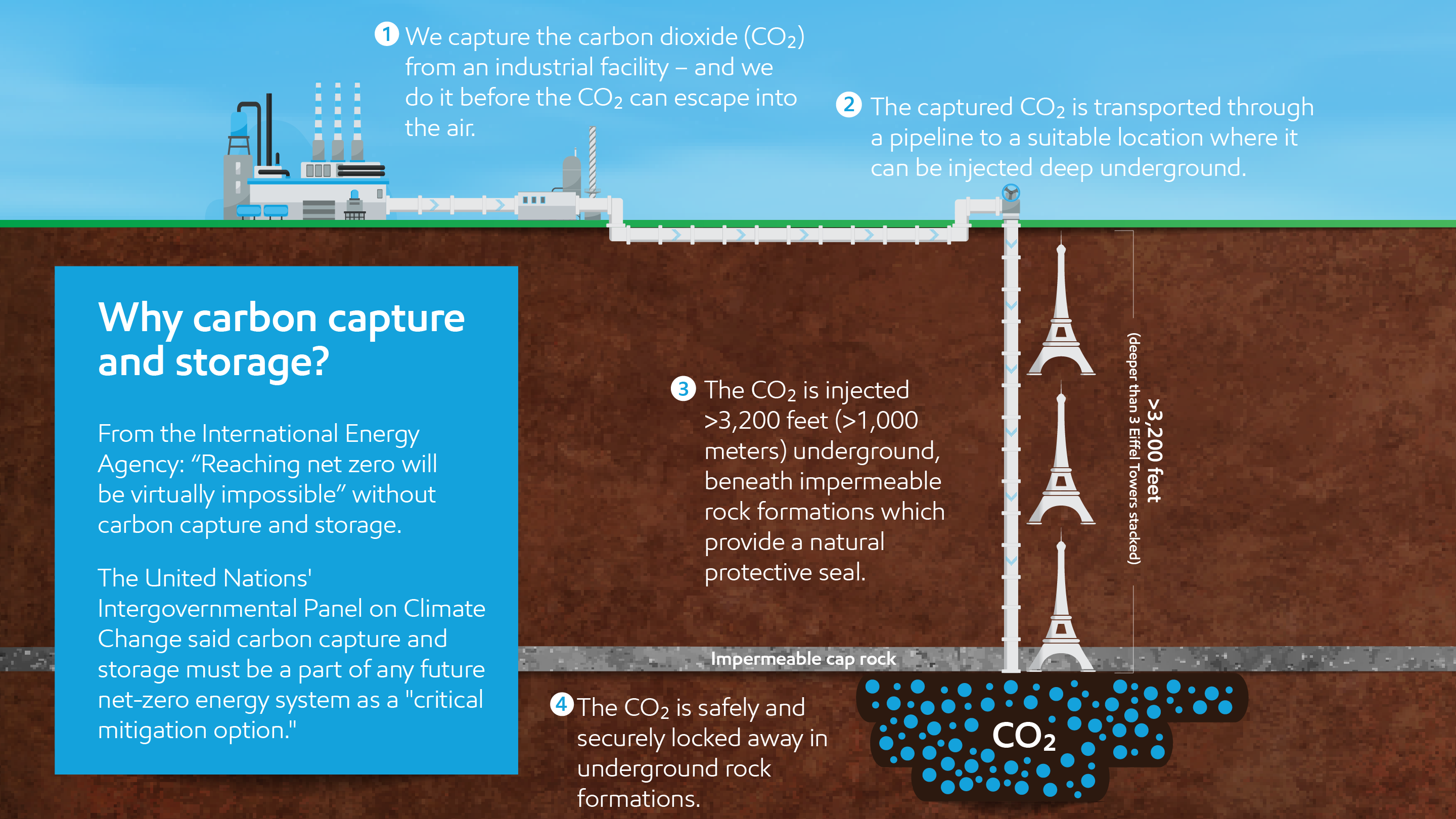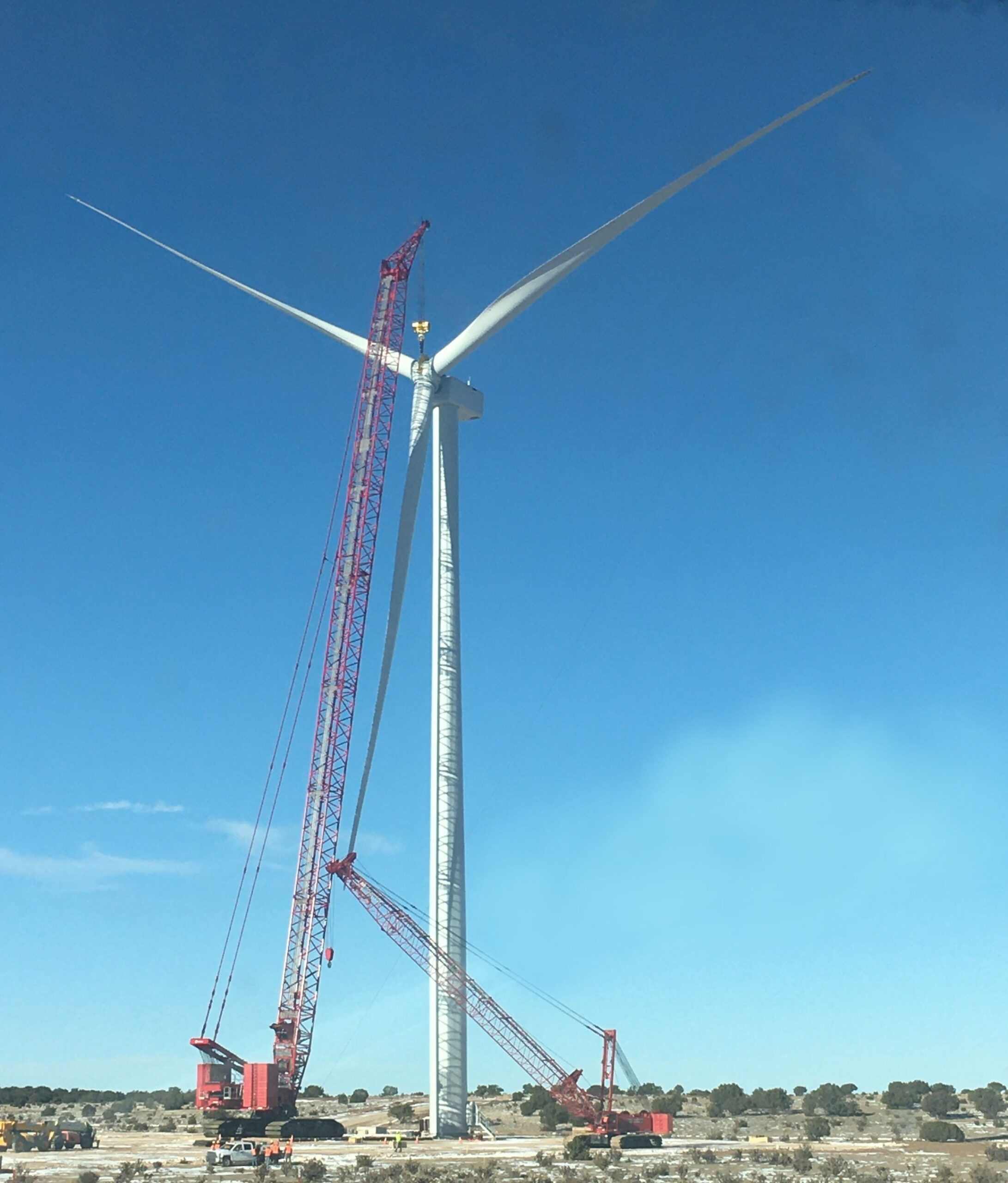HOUSTON, TEXAS (By Pietro D. Pitts, Energy Analytics Institute, 28.Sep.2025, Words: 580) — The US Gulf Coast possesses critical drivers needed to provide a lower-cost decarbonization solution for industrial applications: a high concentration of emitters, existing transportation infrastructure and geologic storage space. Besides, 1/3 of all US industrial emissions come from this region, according to the US Environmental Protection Agency (EPA).
Once the CO2 is captured from industrial processes or power plants, it is transported and then injected into deep, underground geologic formations where it is permanently stored, preventing it from entering the atmosphere, 3 ExxonMobil Corporation experts (2 current and 1 former) revealed recently in a series of ExxonMobil videos on its website and in specific on CCS.
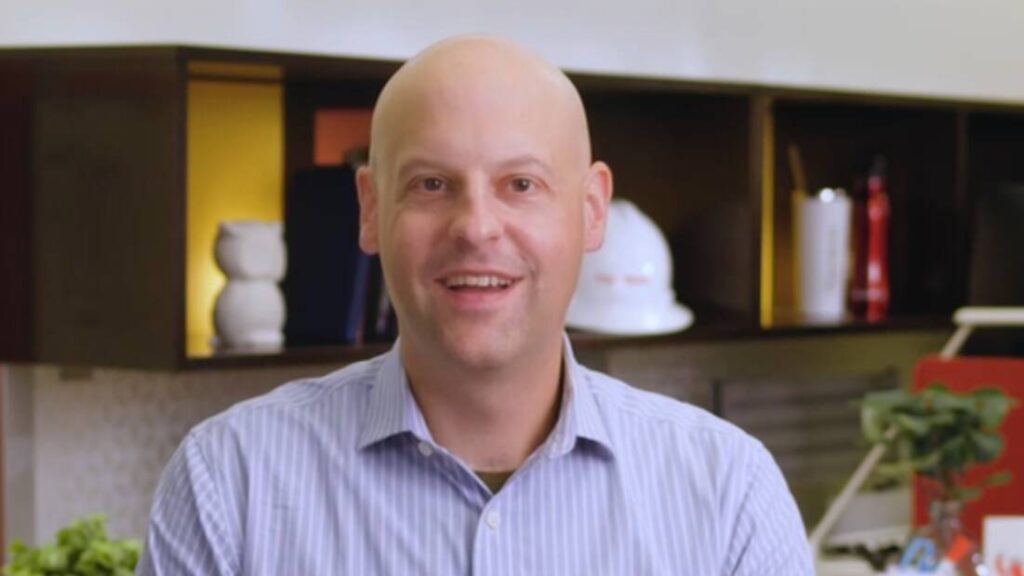
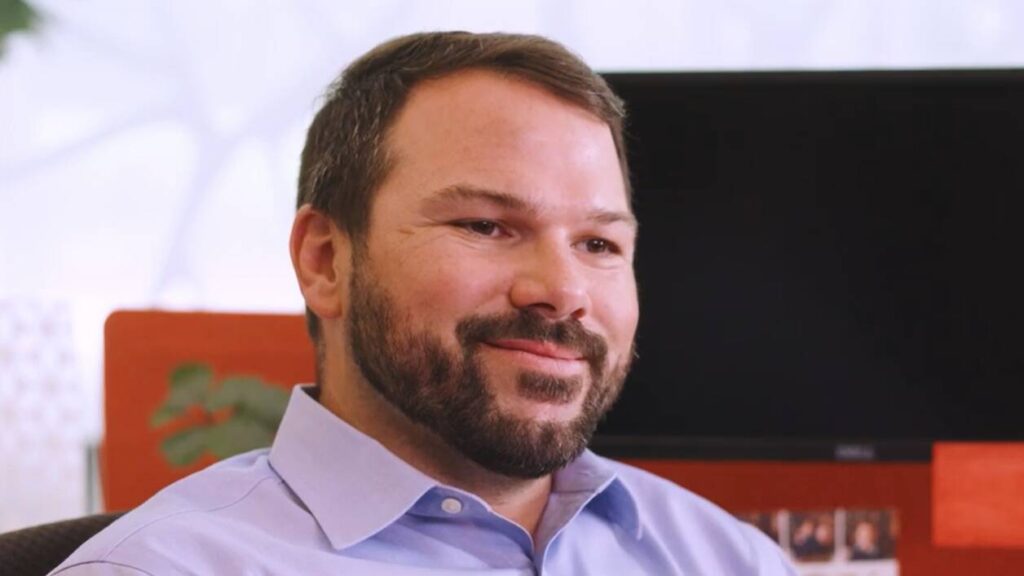
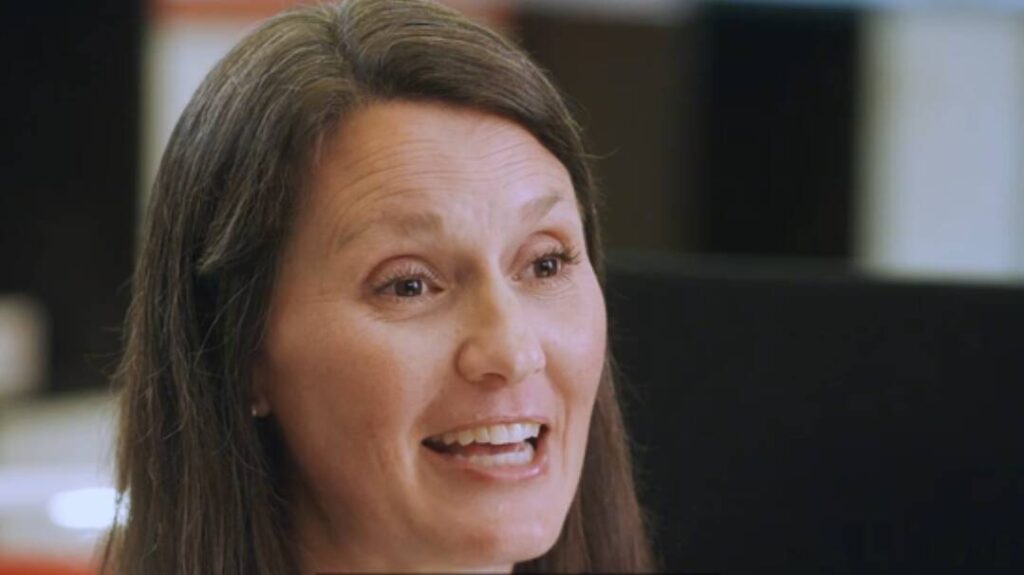
CCS can capture more than 90% of CO2 emissions from power plants and industrial facilities, according to details revealed by the Center for Climate and Energy Solutions. However, each plant and facility is unique and requires a unique approach to lowering emissions, according to ExxonMobil process engineer Clay Sutton.
“CCS is a technology that isn’t one size fits all. In fact, every facility will require its own solution, and that’s where our expertise comes in in chemical processing, technology development and scaling up big projects,” according to Sutton, who holds a PhD in chemical engineering. “This can help the region and the U.S. remain a leader in manufacturing, as the world seeks products with a lower carbon footprint.”
The US Gulf Coast is a strategic fit for ExxonMobil to scale up CCS as around 70% of its CCS pipelines are located in Louisiana, Texas, and Mississippi. And, with such a vast coverage area, there are hundreds of federal mandates on the construction, operation and monitoring of CO2 pipelines, according to former ExxonMobil emergency response and preparedness manager Mark Armstrong.
“As the energy transition continues, facilities will be looking for ways to reduce their emissions. With CCS, these facilities and the jobs they support can continue to thrive,” said Armstrong, an expert in environmental safety and emergency response.
Once emissions are captured they can be transported to central storage locations without needing to travel long distances. These storage locations allow ExxonMobil to store CO2 thousands of feet underground. Importantly, safely and permanently.
Importantly, the US Gulf Coast is replete with storage sites to store this CO2. There, ExxonMobil continues to add acreage onshore and offshore to expand its storage capacity, which is expected to reach 30 MTA by 2030.
The choice of the right storage site is important, and not just from a safety perspective, but also as it relates to plans to store as much CO2 as possible in a single location, which allows for maximization of efficiency and cost effectiveness, according to ExxonMobil global CCS carbon storage enablement manager Elizabeth Hay.
“But our work extends far beyond the US Gulf Coast. Everything we learned from our progress there [will be used] to create more carbon capture and storage hubs around the world. It’s really exciting to be working on carbon capture and storage, and to know this technology exists today, it works, and it’s something we could see deployed at scale,” Hay said.
ExxonMobil didn’t reply to numerous email requests from Energy Analytics Institute (EAI) regarding questions around its US Gulf Coast operations, expansion plans, issues around safety and others related to underground storage locations and fresh water supplies
____________________
By Pietro D. Pitts reporting from Houston. © 2025 Energy Analytics Institute (EAI). All Rights Reserved.
